

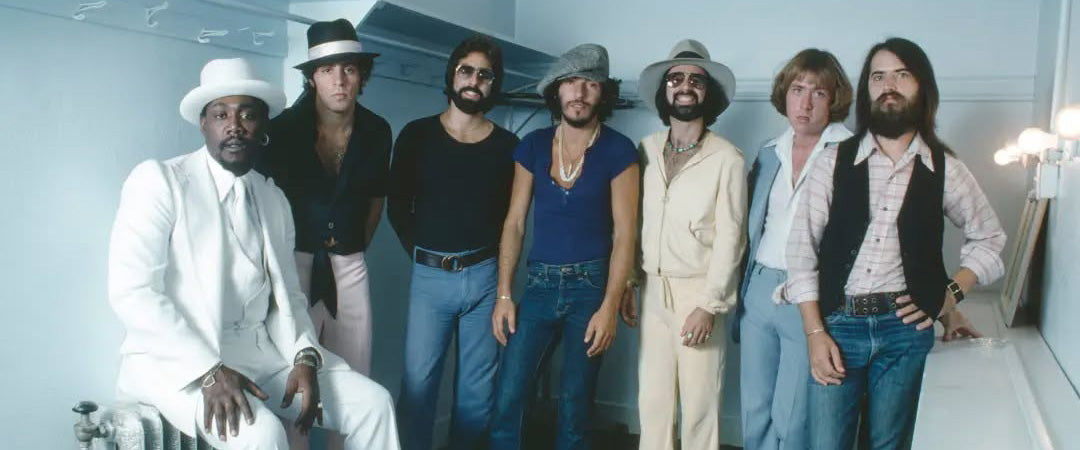
Classic Vinyl: 50 Years with Bruce Springsteen and the E-Street Band’s Breakthrough
Bruce Springsteen? Wow, I haven’t heard that name in a while. I used to see him and in the Steel Mill band when I spent summers on the Jersey Shore! I even bought those two albums he released in the early 1970s. I thought they were great. I was sure he was gonna make it big. You too? Crazy. We must be his two biggest fans. I recently found both his old records on Spotify, but I have no idea what happened to my old album collection — or Bruce Springsteen, for that matter. One minute, he was the hottest ticket on the shore, and the next, he was gone.
Of course… in this reality, Bruce Springsteen, his music, and his larger-than-life persona require no “deep dive” to uncover. Since his humble beginnings as a Jersey Shore bar band entertainer, Springsteen (thus far) has received 20 Grammys, two Golden Globes, and an Academy Award. With over 150 million records sold worldwide, Springsteen is among the best-selling musical artists of all time. For die-hard and casual fans alike, his emotive and highly relatable songs have become treasured mile markers in people’s lives. After 50 years in the spotlight and charting hits in six decades, it’s almost impossible to imagine a world without Springsteen’s presence. Yet, Springsteen very nearly ended up a footnote, rather than a featured character in the book of Rock ‘n Roll greats.
Back in the summer of ’74, before anyone outside of his “E-Street” rehearsal room knew him as “The Boss,” his yet unwritten legacy depended on the success of an almost-completed eight-song album, a year and a half in the making. It was also an album that, if Springsteen had his way, would have been scrapped. Of course, events leading to this pivotal moment and “overnight” success began much earlier.
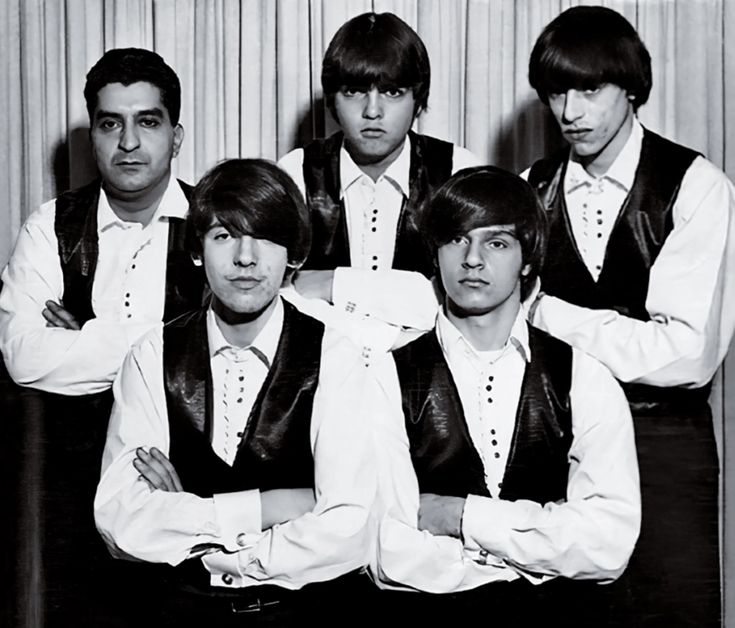
“The Castles” 16-year-old Bruce Springsteen with Beatles haircut (lower left)
The Jersey Shore Rocker
In 1949, Bruce Springsteen was born to middle-class parents living in Freehold, N.J, a blue-collar town across the river from Manhattan. From an early age, Bruce was a fan of early Rock ‘n Roll (especially Elvis and Roy Orbison), the Brill Building sound/artists, as well as Folk music and Rhythm and Blues. When the Beatles made their 1964 American debut on the Ed Sullivan Show, their casual musical interest shifted to intense. On his exposure to the Beatles, Springsteen recalls, “That’s when Rock 'n' roll came to my house, where there seemed to be no way out. Four guys playing and performing their own material opened up a whole world of possibilities.” Like so many other kids his age, that’s when Bruce got his first guitar.
By 1965, a 16-year-old Bruce Springsteen joined his first band, called “The Castles.” The band cut their teeth playing at block parties, skating rinks, VFW halls, and non-alcoholic teen events and hangouts, before coming of age and graduating to bars and clubs. It was with this youthful band that Springsteen started writing and performing original songs and even had the opportunity to record two original tracks at a local public access recording studio. The Castles’ resulting self-released single even managed to sell a few hundred copies locally. It set the band apart from other bands in the area and gave Springsteen the first taste of what he was after. Sadly, an incident involving three Castles members, undercover police, and a whole bunch of funny-smelling cigarettes spelled the end of Springsteen’s first band.
Later that same year, his family packed up and moved from Freehold, NJ, across the country to California. The just-turned-19-year-old Bruce opted to stay behind, continuing to chase his musical ambitions in the bustling bars and clubs of the Jersey Shore's vibrant music scene. His decision started paying off right away, as his new band, “Child,” was rapidly becoming a featured act in the Asbury Park scene. All the while, Springsteen immersed himself in his surroundings, even taking up residence in the back of a local surfboard shop, large enough to hold band rehearsals. He drew songwriting inspiration from the Jersey Shore’s vibrant cast of characters, who sought purpose, meaning, love, or simply a better way to get by. These themes became recurring subject matter in his potent lyrical handiwork throughout his entire career.
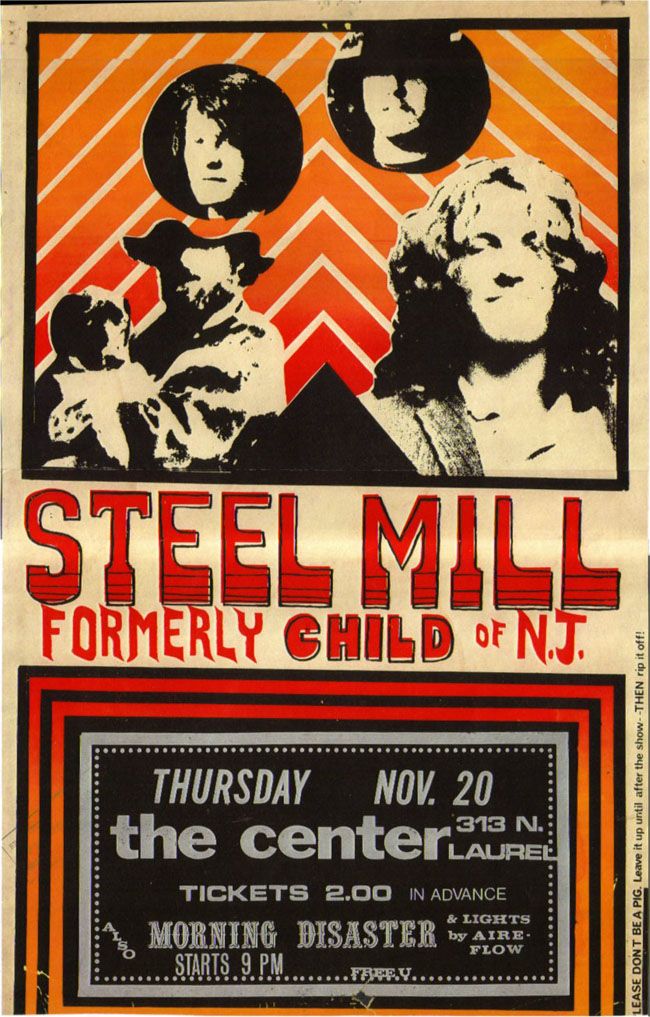
Springsteen sharpened his stage show, bandleading skills, and musical diversity by performing in as many local acts as he could manage. Along with Child, Springsteen performed with Earth (a blues-rock power trio), Dr. Zoom & Sonic Boom, the Sundance Blues Band, and others. Although he probably didn’t realize it at the time, his interaction with so many great local musicians helped him zero in on the right combination of players (including Clarence Clemons) that would play a significant role in his future.
After a few lineup changes, including the addition of a few future E Street band members, Springsteen’s main band, “Steel Mill” (formerly "Child”), was the hottest ticket on the shore. Springsteen’s original songwriting style, finely-tuned band, and reputation for outstanding live shows soon attracted a dedicated following beyond Asbury Park, from Virginia to New York City. They also garnered positive attention from influential figures in the music press, which will prove pivotal in the not-so-distant future. In an attempt to break into the next level, Steel Mill regrouped again as “the Bruce Springsteen band,” but bigger gigs and big-time success remained elusive. The band had achieved as much success as they could on their own. With no major-label interest on the horizon, Springsteen and the band parted ways. His next step was something quite unexpected.
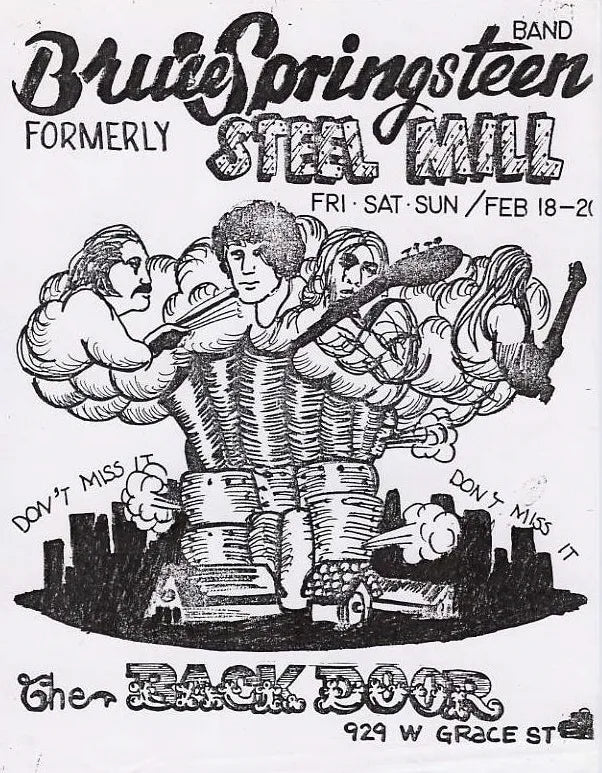
At 23, Springsteen began to feel that he was getting too old to be couch surfing and was in urgent need of income. Although initially hesitant, without a working band and no job skills outside the music world, selling songs started sounding like a good idea. Armed with a borrowed acoustic guitar, Springsteen managed to secure an informal audition with Jon Redmond, the legendary talent scout who discovered Bob Dylan. Springsteen’s songs and impromptu solo audition impressed Redmond enough to secure a three-record recording contract with Columbia Records.
After nearly eight years building a reputation as the frontman of the Jersey Shore’s most noted live bands, Springsteen finally got his big break. Ironically, it was not as the charismatic electric guitar-slinging hard rock frontman, but as a modern folk-style “singer-songwriter.”
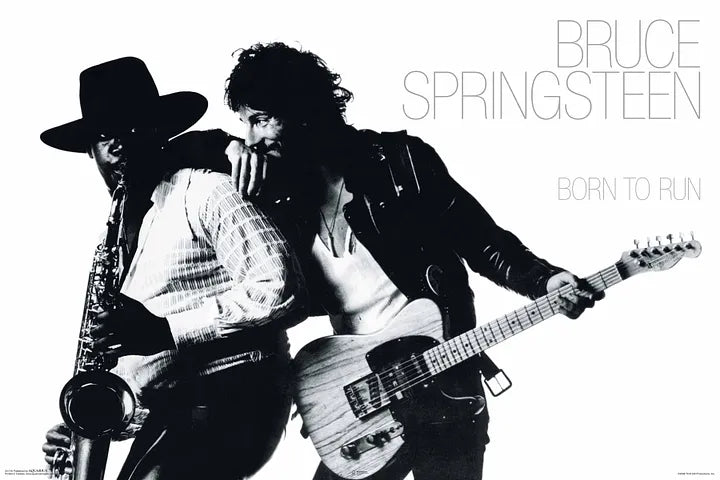
The Road to “Born to Run”
Springsteen’s 1973 debut “Greetings from Asbury Park, New Jersey,” generated an initial flurry of sales in the NY/NJ area, but failed to reach a broader audience. Although now considered a classic, it initially sold only about 25,000 copies upon its release. For perspective, that’s 475,000 albums shy of RIAA gold record status, and well below expectations or financial remuneration for Springsteen’s investors at Columbia Records. Only six months later, his follow-up album “The Wild, the Innocent, and the E Street Shuffle” failed even to match the disappointing sales of “Asbury Park.” Although both albums received critical acclaim and would achieve gold status in later years, they did very little to boost Springsteen’s popularity beyond his home turf.
After two albums failed to meet chart/sales expectations, Columbia was unlikely to invest in the essential support and promotion for his next effort. It seemed the end of Springsteen's musical career was just over the horizon. Columbia Records realized they hadn’t signed the “next Bob Dylan,” but had yet to realize Springsteen’s potential. With all on the line, Springsteen assembled all the necessary elements and set out to show Columbia Records (and the rest of the world) he’s got much more to offer, and never had any intention of being a “clone” of Bob Dylan. Springsteen is at his moment of truth, but he has arrived well-prepared. With meticulous attention to detail, Springsteen spent his young life developing and collecting every element he’d need to succeed.

The Guitar
With the relatively small, but much-needed cash advance from the label, Springsteen allowed himself just one inexpensive, but fateful extravagance. With his hard-rocking bar band days in his rearview mirror, Springsteen went shopping for a guitar that would complement his new musical direction. Although Columbia signed him on the strength of his pared-down singer-songwriter style, Springsteen had broader ideas about his future musical direction. Instead of buying a high-quality flattop acoustic, Springsteen walked out of a small NJ guitar shop with an electric guitar that would help define his career.
Following in the footsteps of blue-eyed R&B and soul guitarists such as Steve Cropper and James Burton, Springsteen was instantly drawn to a second-hand Fender on the wall. The (then) two-decade-old guitar already seemed to have as many stories to tell as the characters in his lyrics. Sometimes referred to as a parts-caster, or a “Frankenstein,” the guitar that captivated Springsteen was assembled from at least two different instruments. The unique V-shaped neck originated from a 1956 Esquire, and its stunningly grained Ash body was produced in 1953 for a Telecaster. The guitar's previous owner had also modified it to accommodate two additional pickups, each with a dedicated output jack. By the time Springsteen first laid eyes on it, the extra pickups had been removed, leaving a hidden route under the customized black leather guard. Although most players frown upon guitars with modifications that require removing body wood, Springsteen found it a blessing in disguise. The routes transformed an already lightweight guitar into a featherweight axe, making it wieldy enough to play throughout one of his famous 4-hour marathon concerts, as if fate had custom-built the guitar just for him.
The guitar has since appeared on four of Springsteen’s multi-platinum album covers (including Born to Run). It also served as his go-to recording and primary touring instrument from 1975 until 2005, when the battered beauty was retired. The Boss still uses his favorite axe for tracking and special performances, but has had several replicas built to do the heavy lifting on tour. Springsteen’s Esquire is undoubtedly one of the most recognizable and iconic electric guitars in the world, and would easily fetch over $ 5 million at auction-- but don’t look for it anytime soon. The boss has no intention of parting with it. At $185 plus trading in his “Steel Mill” days Les Paul model guitar, Springsteen recalls the transaction as the best deal he’s ever had in his life.

The Boss Rises
Although very different from the first two albums, Born to Run can be seen as a natural progression in terms of songwriting, vibe, production, and complement of collaborating musicians. Greetings from Asbury Park, as originally intended, was supposed to be more like one of Dylan's early recordings, featuring just acoustic guitar and voice. The final product turned out to be more like Dylan's transformative Bringing It All Back Home, with an almost even mix of solo performances and tracks featuring a small band. The musicians Springsteen chose were players he had relied on during his not-so-long-ago days as a Jersey Shore bar-band leader: “Steel Mill” Alumni Clarence Clemons (Sax), David Sancious (Keys), Garry Tallent (Bass), and Vini Lopez (Drums) would form the core of the growing E-Street band.
In the summer of ’73, Bruce and the growing E-Street Band spent 6 months on the road in support of “The Wild and the Innocent and The E Street Shuffle.” Most of the tour was played in small or mid-sized venues as the support act for more successful bands. Each 2nd (or 3rd) billed show served as a constant reminder that things weren’t going as well as hoped. Making matters worse, Columbia informed Springsteen that they wanted him to abandon his hand-picked E-Street Band members in favor of session players for his next recording, or face being dropped from the label. Luckily, Springsteen’s concerts were receiving rave reviews, allowing Springsteen’s manager just enough leverage to hammer out a last chance agreement with the label. Columbia agreed to fulfill the 3rd album in the contract, and allow Springsteen to do it his way. However, if the album failed to be successful, Springsteen would need a one-way ticket back to Asbury Park.
All the while, the band was constantly performing live to make ends meet, and more importantly, allowed Springsteen to write, test, and perfect his arrangements in front of a live audience. It was one of these performances, which took place shortly after the sessions began, that forced the Boss to make a fateful decision about the E Street Band. In place of the sometimes volatile Vini Lopez, Max Weinberg was hired as the new drummer—a spot he has now occupied since 1974. Other lineup changes for “Born to Run” include now long-standing E-Street band members Roy Bittan and Danny Federici on keyboards, and future guitarist Steven Van Zandt, who provided the horn arrangements and background vocals. Along with Springsteen's maturing songwriting and arranging, all the crucial elements are in place.
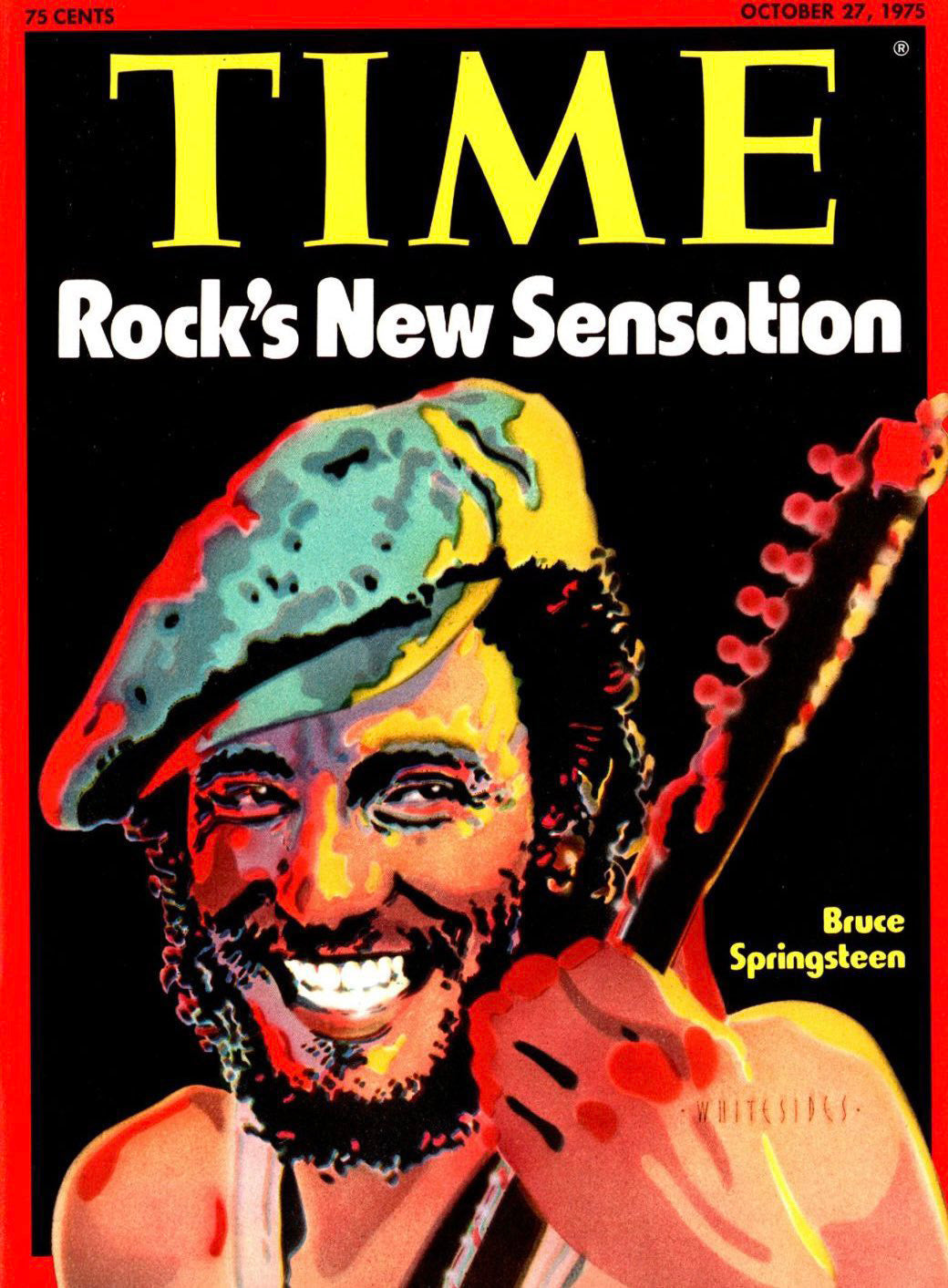
Creating a Masterwork
Aside from literally bringing the album to life in the studio, Springsteen needs to clear just one more critical obstacle. No matter how great the album turns out, without proper promotional support from the record label, sales will likely be disappointing. Springsteen needs to convince Columbia Records (and sometimes himself) that the new material is worthy of a full-blown promotional juggernaut.
Tense sessions for Born to Run began in January of 1974 at the familiar 914 Sound Studios, where Springsteen and company recorded the first two albums. Although it was a professional-quality facility, it was far from state-of-the-art and prone to occasional breakdowns. However, it was close to NJ, and far more affordable than anything in NYC, making it an excellent choice for marathon sessions, lengthy projects, and artists on a budget. As it turns out, Born to Run was all of these things.
Amid ambitious production goals, painstaking attention to detail, constant changes, and second-guessing, it took nearly 6 months before a rough mix of the title track was ready to present to Columbia execs for much-needed approval. On November 3, 1974 (nine months before the album's completion), Columbia Records (and several prominent FM radio stations) simultaneously got their first taste of the new album. It was a dangerous move, but it paid off. At first, Colombia was horrified by the unauthorized broadcasts. Rave reviews and relentless listener demand not only softened the blow but also achieved Springsteen’s objective of proving his next record would be a blockbuster. Shortly after, Columbia Records committed to a whopping $250,000 promotional campaign in support of Born to Run.
With the relief of gaining committed label support, you might guess the sessions took on a more relaxed vibe, but things only got more intense. Springsteen set the bar far above, keeping his recording career alive. He needed hits, but aimed for anthems on an album that’s nothing short of the Rock ‘n Roll masterpiece he envisioned. It took over 14 months to complete recording Born to Run, leaving the final mix to be completed after the band had already started playing committed tour dates. Yet he remained unsatisfied with the outcome, fervently rejecting several mixes before finally giving his approval. Springsteen later admitted, "The sessions turned into something that was wrecking me, just pounding me into the ground,” and “after a while, I could only hear the things that were wrong with it.” Fortunately, nobody else seemed to hear whatever The Boss thought was wrong with “Born to Run.”

Legacy
Born to Run is the album that delivered Bruce Springsteen from the clutches of the cut-out bin to become one of the most celebrated and influential rock stars ever to prowl the stage. A meticulous blend of songsmith, rocker, bandleader, and poet, Springsteen somehow projects a larger-than-life aura alongside down-to-earth relatability.
The instantaneous impact of Born to Run was greater than Colombia, Springsteen, or music lovers could have hoped for. Just two months after its release, Newsweek and Time magazine simultaneously ran cover stories on the remarkable upstart—a first for an entertainer of any medium. The Album reached the top 40 in over a dozen countries and has since sold nearly 8 million copies, but sales figures don’t tell the whole story.
On the surface, Born to Run is brimming with catchy melodies, passionate performances, and driving rhythms. Under the surface, it's enveloping “Wall of Sound” style sonic quality and lyrics that flesh out the downfall and redemption, mistakes and victories of relatable characters, take the listener away. It's a rare album that continues to inspire people after 50 years to roll down the windows and turn up the radio on summer nights, celebrating or reliving their youth.
-
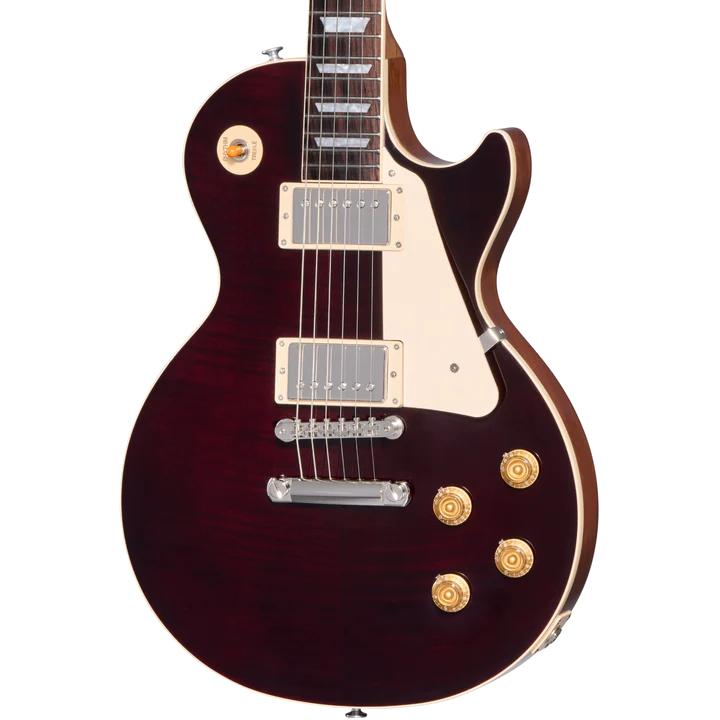
Electric Guitars
Rock out in style with a great sounding electric guitar. Alto Music...
Blog posts
View all-

Alto Music Holiday Gift Guide 2025
The Holidays Are Here — and So Are the Best Deals of the Year The holiday season can get hectic—but there’s no need to let the “holiday crunch” become overwhelming. At...
Alto Music Holiday Gift Guide 2025
The Holidays Are Here — and So Are the Best Deals of the Year The holiday season can get hectic—but there’s no need to let the “holiday crunch” become overwhelming. At...
-

Blast From the Past: 50 Years of "Wish You Were...
With industry success to back it up, many Pink Floyd fans consider "Dark Side of the Moon" the "greatest album" ever made. With the same breath, the fans (and the...
Blast From the Past: 50 Years of "Wish You Were...
With industry success to back it up, many Pink Floyd fans consider "Dark Side of the Moon" the "greatest album" ever made. With the same breath, the fans (and the...






